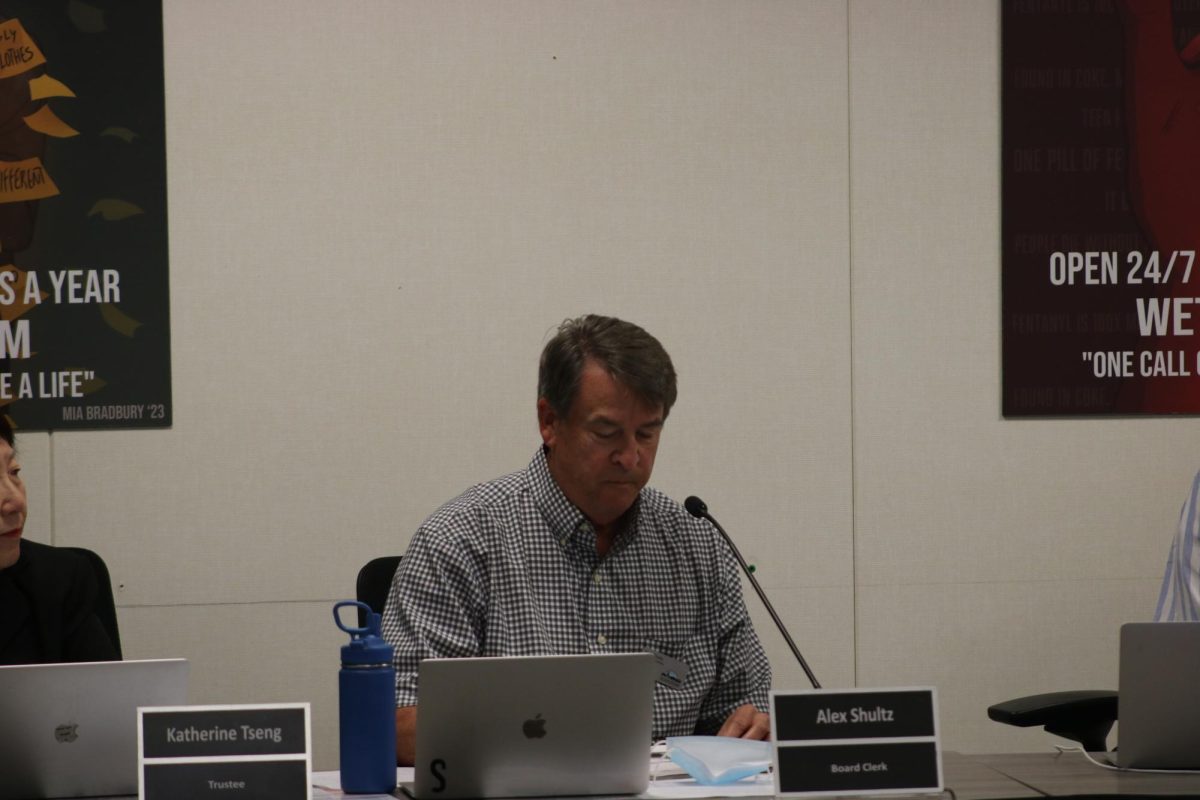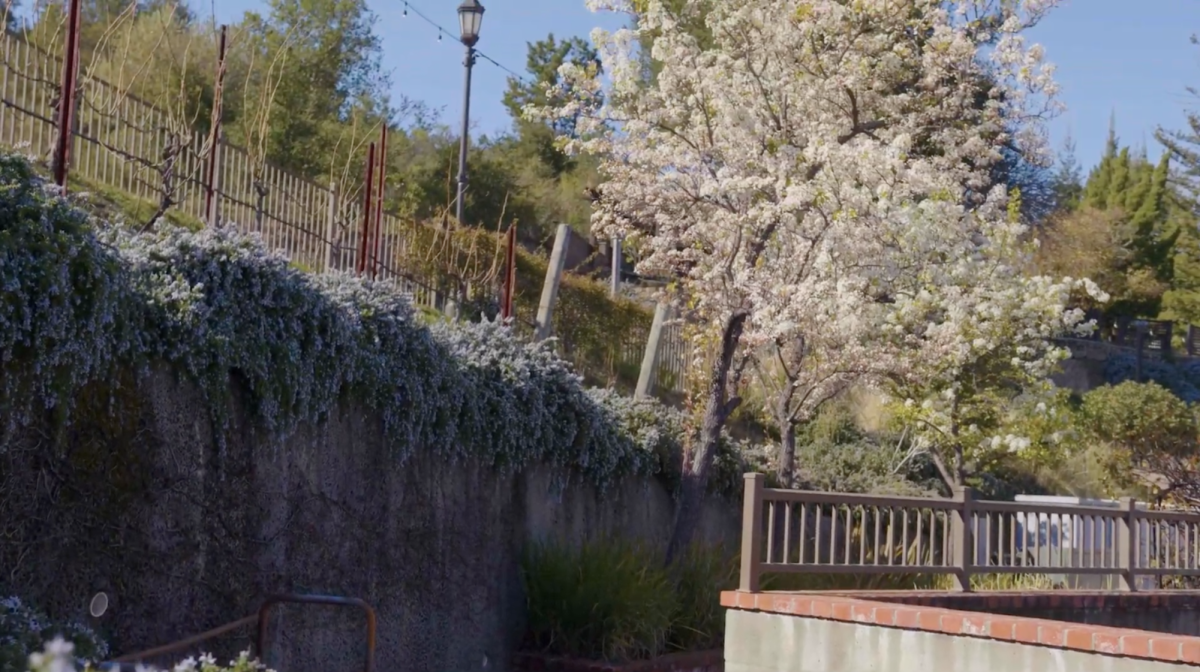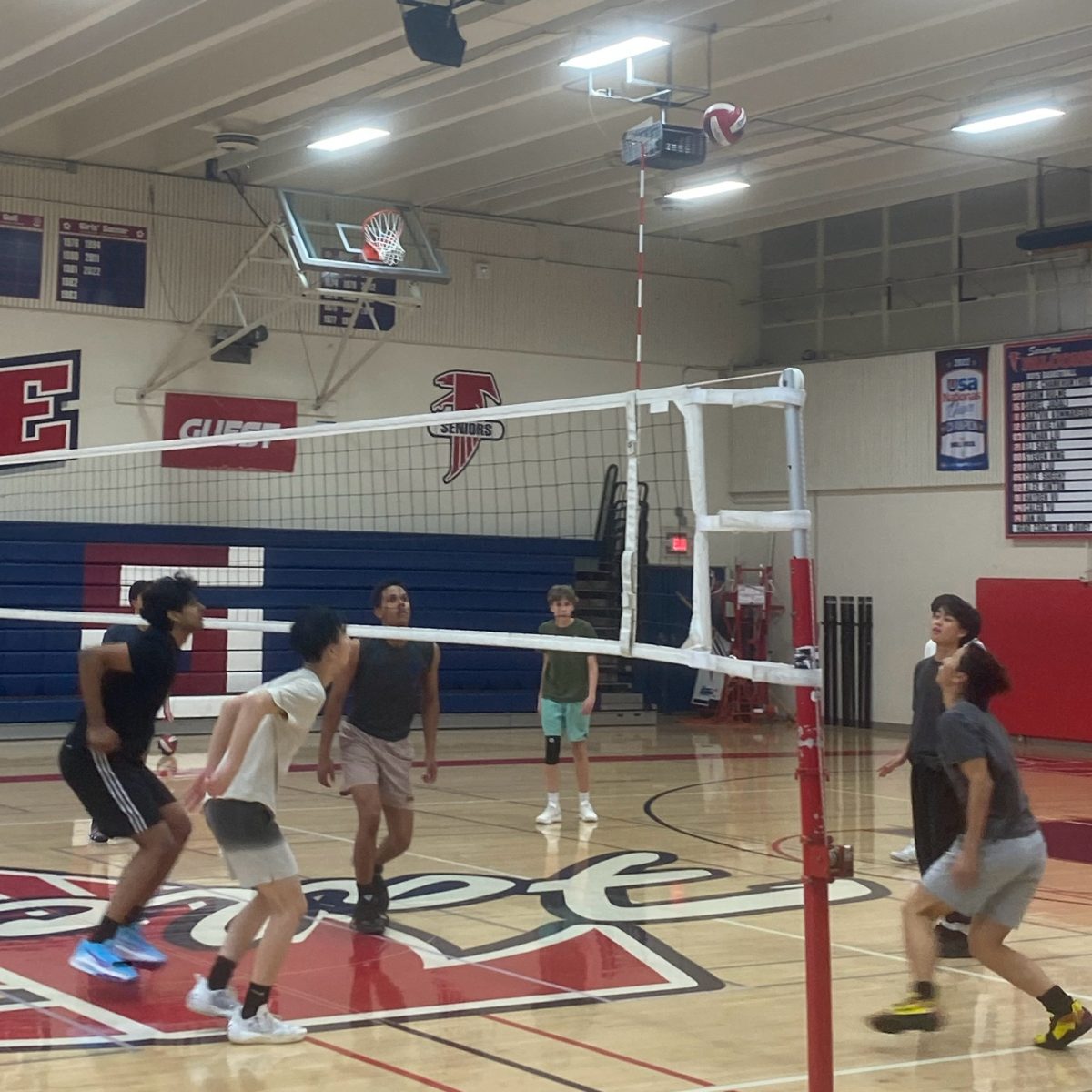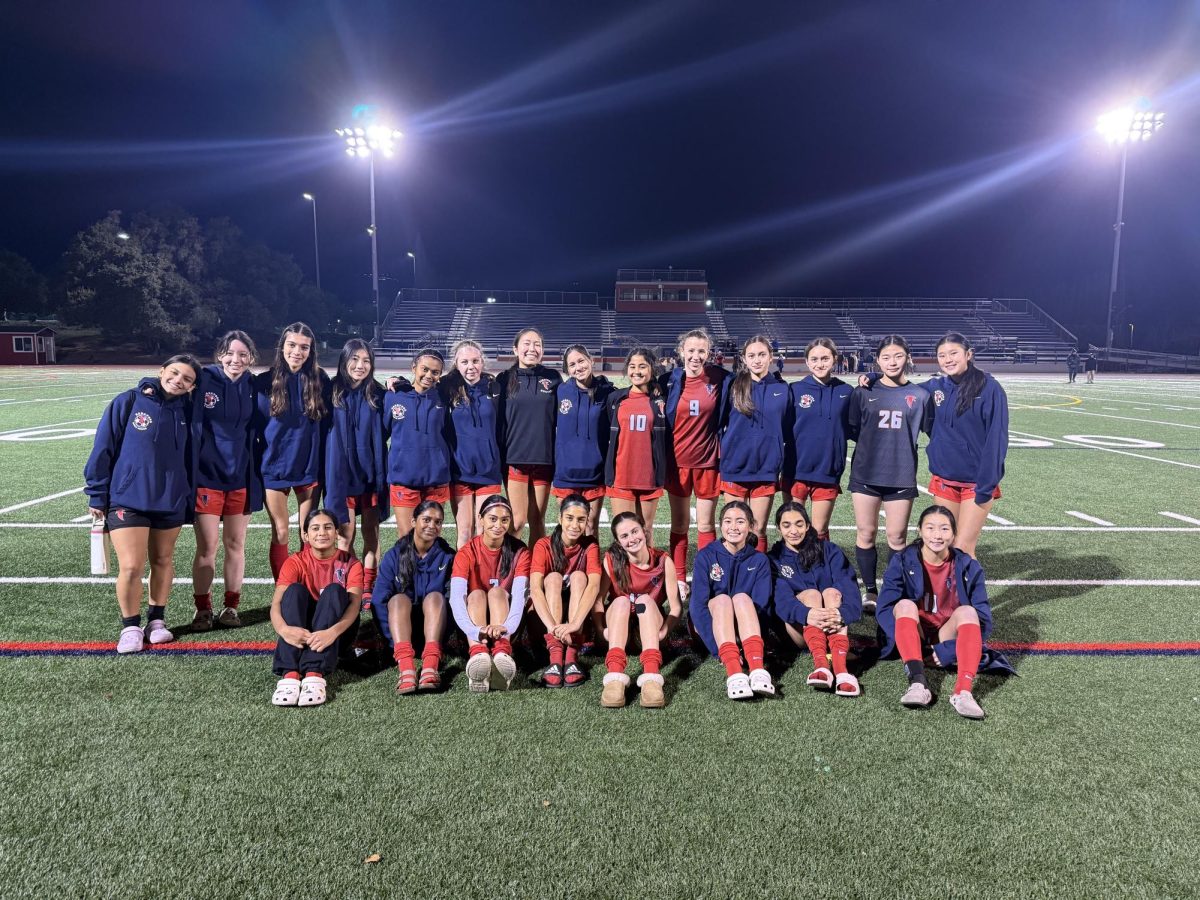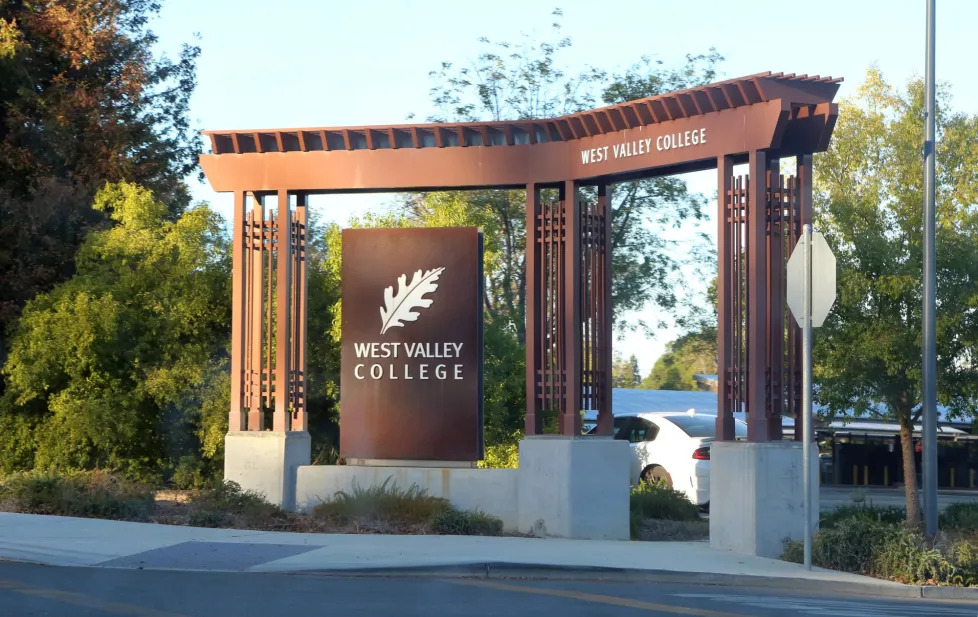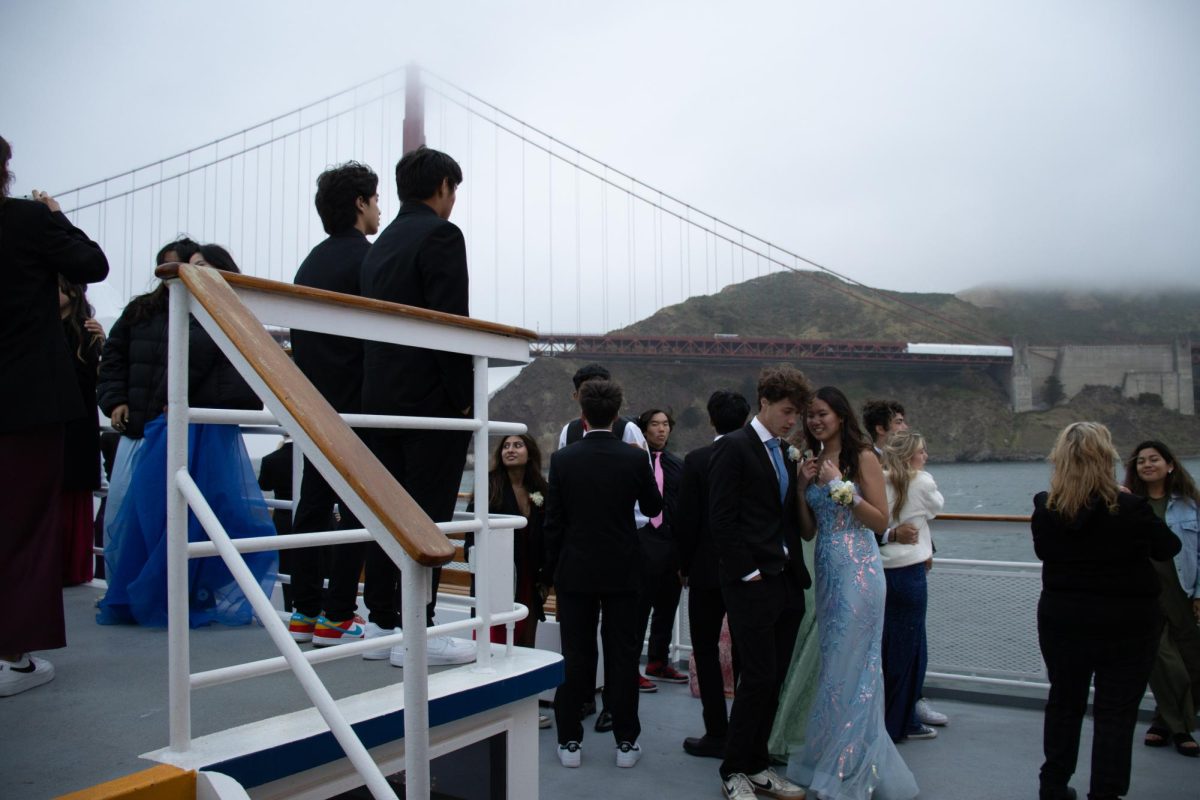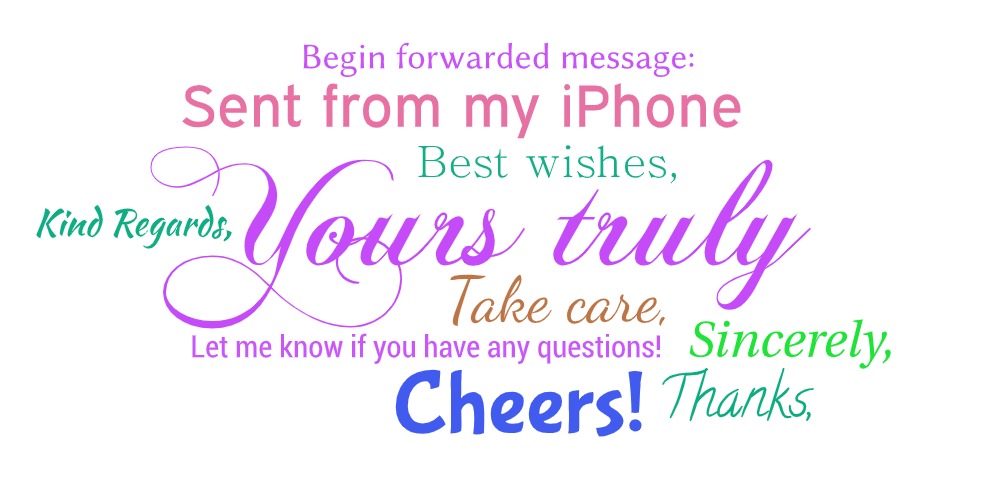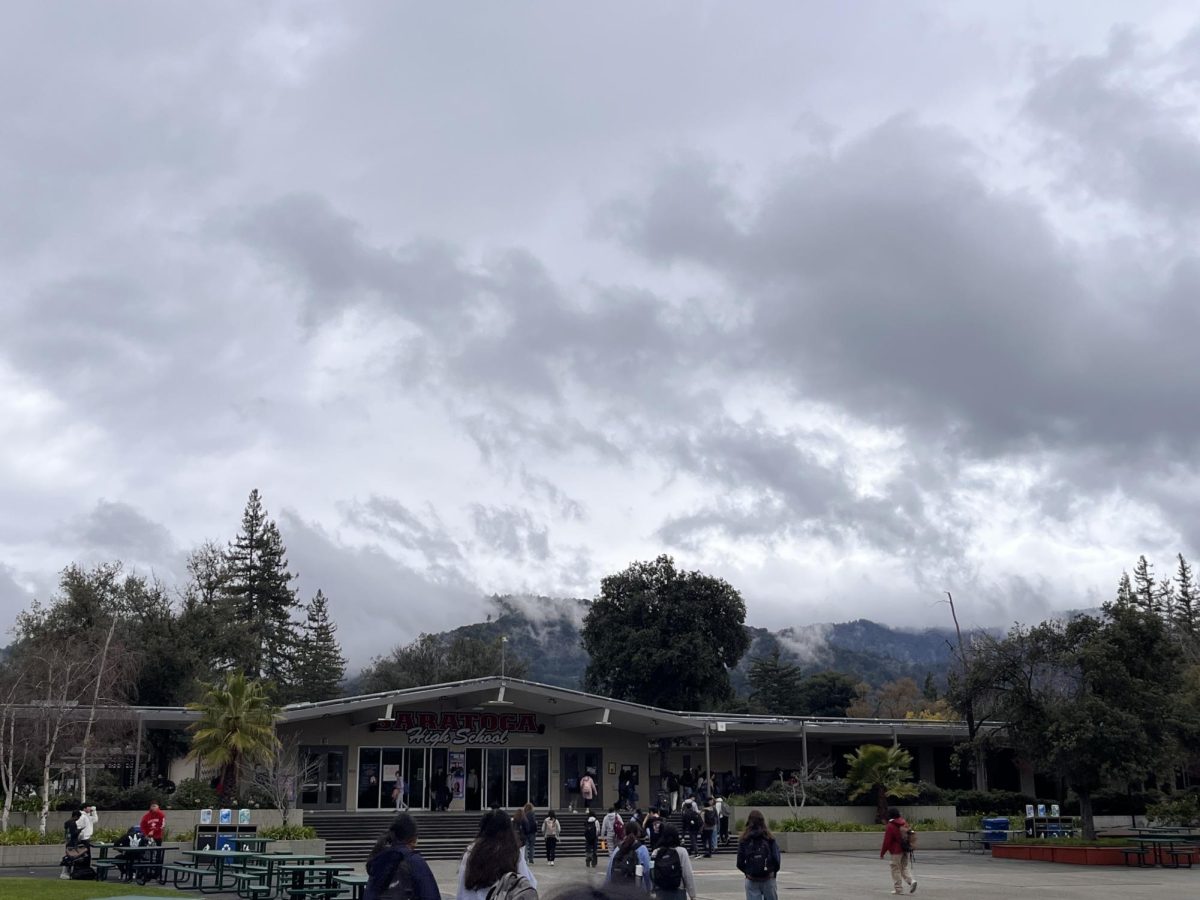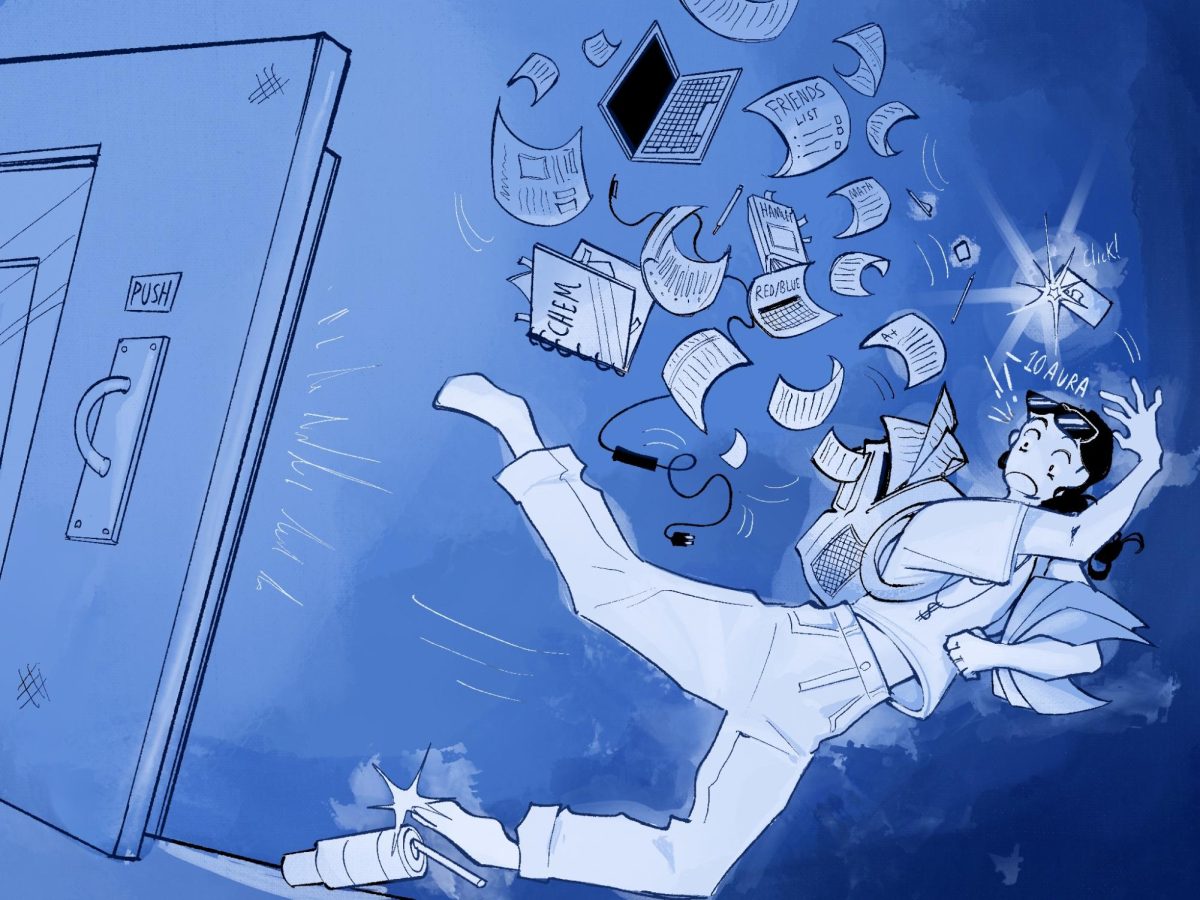“American History X” is a 1998 movie detailing the story of a redeemed Neo-Nazi. It is rated R for a graphic rape scene and extreme violence.
It is also part of the Media Arts Program’s AP Government curriculum. Such an mature and edgy film might not be shown in more conservative parts of the country. It’s a credit to the school that students are allowed to watch and grapple with the issues in such films and books on a regular basis.
The best curriculums include media that is rich in historical diversity but also reflect current cultural and social issues.
In World History classes, students have been taught about the Armenian genocide — the Ottoman government’s execution of 1.5 million Armenians from 1915 to 1917. Students learn about the genocide even though the school’s history textbook does not even include it, most likely because of the political tension that will result in the official recognition of the Armenian genocide (the U.S. does not even recognize the Armenian genocide as a genocide because they want to keep good relations with Turkey).
Although the textbook doesn’t cover this important historical tragedy, it is essential that students learn about these issues so that they can become more informed about the past mistakes in foreign policy. In fact, all of the books in our school curriculum from freshman year to senior year, including “Of Mice and Men” and “The Kite Runner,” are banned books in certain school districts across America.
In English 10, many students have been reading “All Quiet on the Western Front,” which details the many emotional and physical traumas experienced in war. This is an effective way of teaching about history, because it provides a memorable way of learning about topics instead of just having to memorize facts. Having to read and understand such moral is a practice in having good character and resilience.
Some people may argue that the appalling content in the films we watch and books we read are not appropriate for high school students. However, it is necessary for students to be exposed to this content while they are younger so they can understand the problems of the past.
Teachers should continue to implement this controversial and intellectually stimulating curriculum, because it is not only a more fascinating way of learning, but it teaches students how to deal with the world as it actually is.

